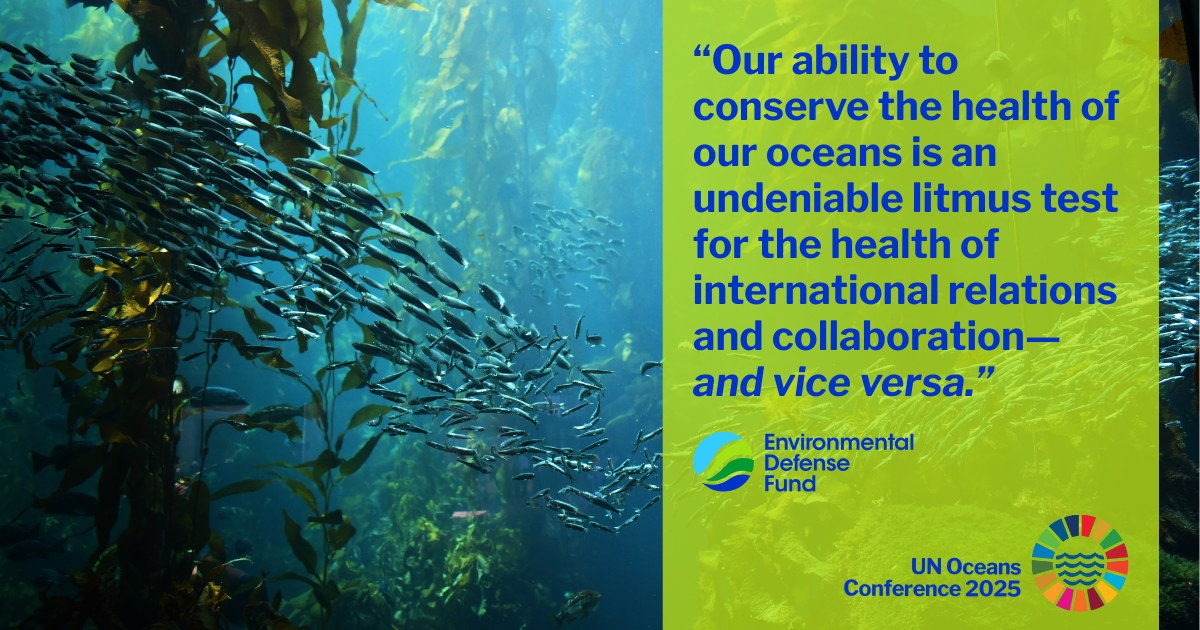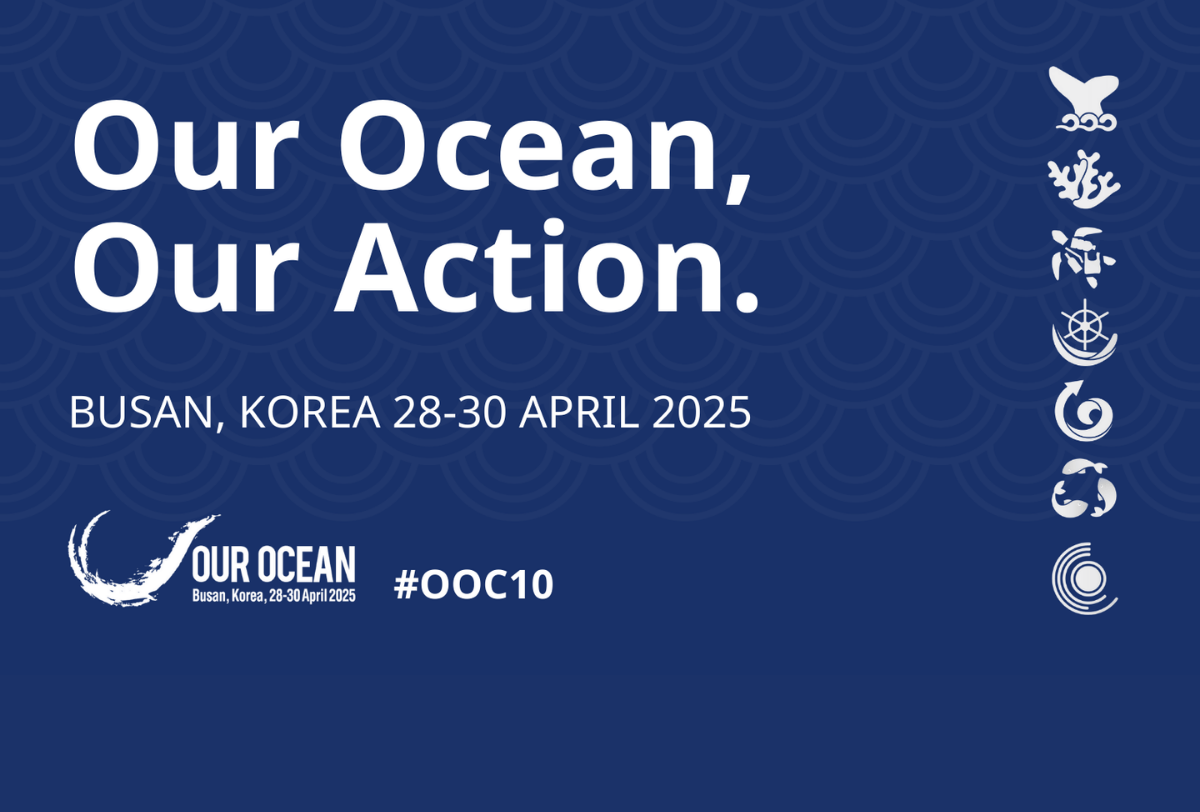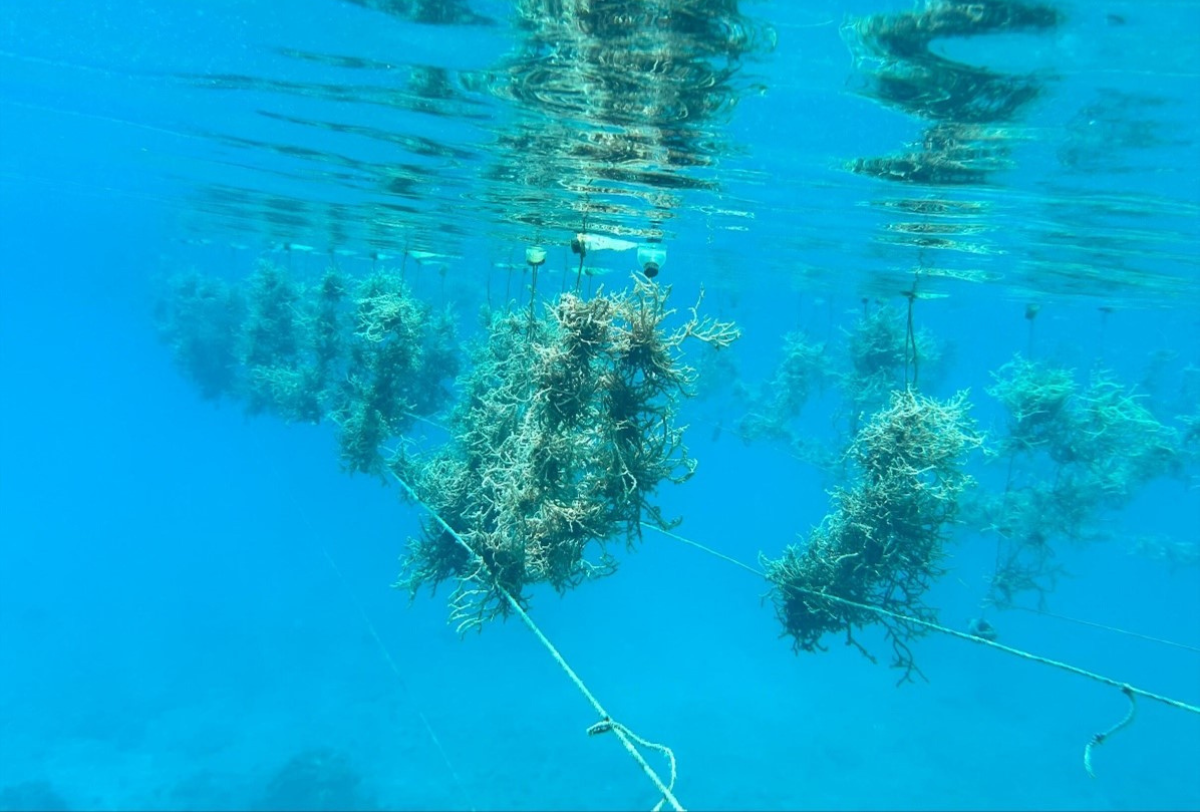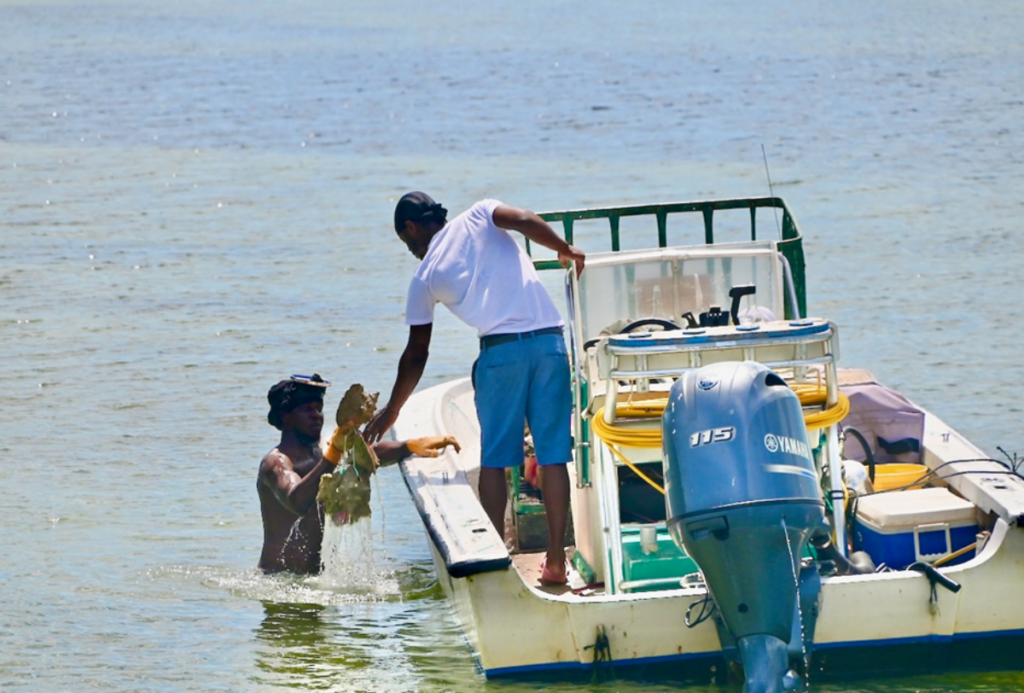 The recent U.N. Climate Change conference in Copenhagen highlighted the range of challenges associated with fighting climate change, from cutting energy use to financing clean technology in developing countries. Why the global sense of urgency and focus? Because the impacts of climate change are already being felt. Most of our discussions center on the dangers of sea level rise, which is already inundating low-lying islands and valuable wetlands; on changes in precipitation and air temperature, which will affect everything from agriculture to asthma; and on the shift in seasons and habitat that will make life difficult for trees, butterflies, and the other wildlife we are familiar with.
The recent U.N. Climate Change conference in Copenhagen highlighted the range of challenges associated with fighting climate change, from cutting energy use to financing clean technology in developing countries. Why the global sense of urgency and focus? Because the impacts of climate change are already being felt. Most of our discussions center on the dangers of sea level rise, which is already inundating low-lying islands and valuable wetlands; on changes in precipitation and air temperature, which will affect everything from agriculture to asthma; and on the shift in seasons and habitat that will make life difficult for trees, butterflies, and the other wildlife we are familiar with.
Enormous threats indeed. And it is perhaps inevitable that we are focused on the land and our fellow terrestrial inhabitants. But let us not forget the fact that we are changing the ocean profoundly in many ways. A recent study suggests that over a third of the entire ocean is heavily impacted by human activities, and that there is no longer a single patch of seawater anywhere that can be said to be pristine. And incredibly, we are not just affecting patches of the ocean here or there – we are changing the very chemistry of the seas, chemistry that has remained stable for millennia and which defines the parameters for life in the sea and also for the habitability of the planet for us.
All living systems are buffered from extreme change by their chemistry. If not for the carbonate/bicarbonate and other buffering chemicals in our blood, the pH (a measure of acidity) would fluctuate wildly and none of the myriad proteins or enzymes essential for life would function. Because pH is a logarithmic scale, very small changes in pH can be disastrous for life – for example, a change of less than one pH unit is lethal to humans. 
The ocean is a gigantic living system, and is perhaps one of the best-buffered systems on the planet. Enormous quantities of buffering chemicals have been entering the ocean each year for billions of years. Remarkably, though, even the ocean is not impervious to the impacts of fossil fuel combustion and carbon dioxide emissions.
As atmospheric carbon dioxide concentrations have risen, the ocean has steadfastly taken up about 2 billion tons of it every year, protecting us from an even more serious climate crisis than we have already. However, carbon dioxide reacts with seawater to create carbonic acid. As a result, while the pH of the ocean varies widely in response to local conditions, scientists have detected a noticeable drop in pH (an increase in average acidity) over the last 20 years and project a decrease in pH by 0.3-0.4 units – a huge change – by 2100 if nothing is done to reduce carbon dioxide emissions.














